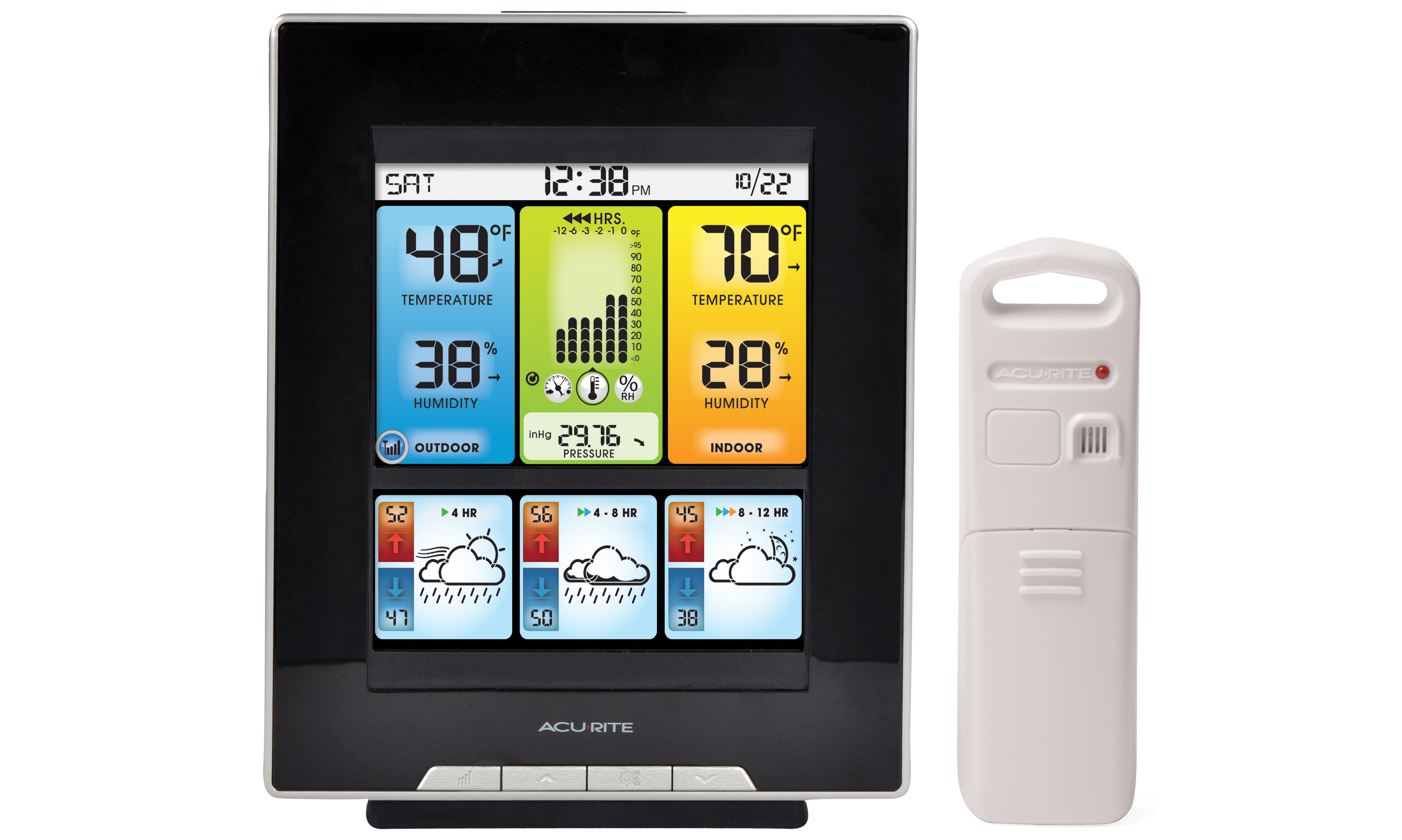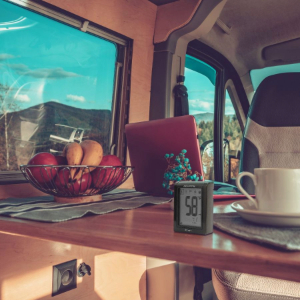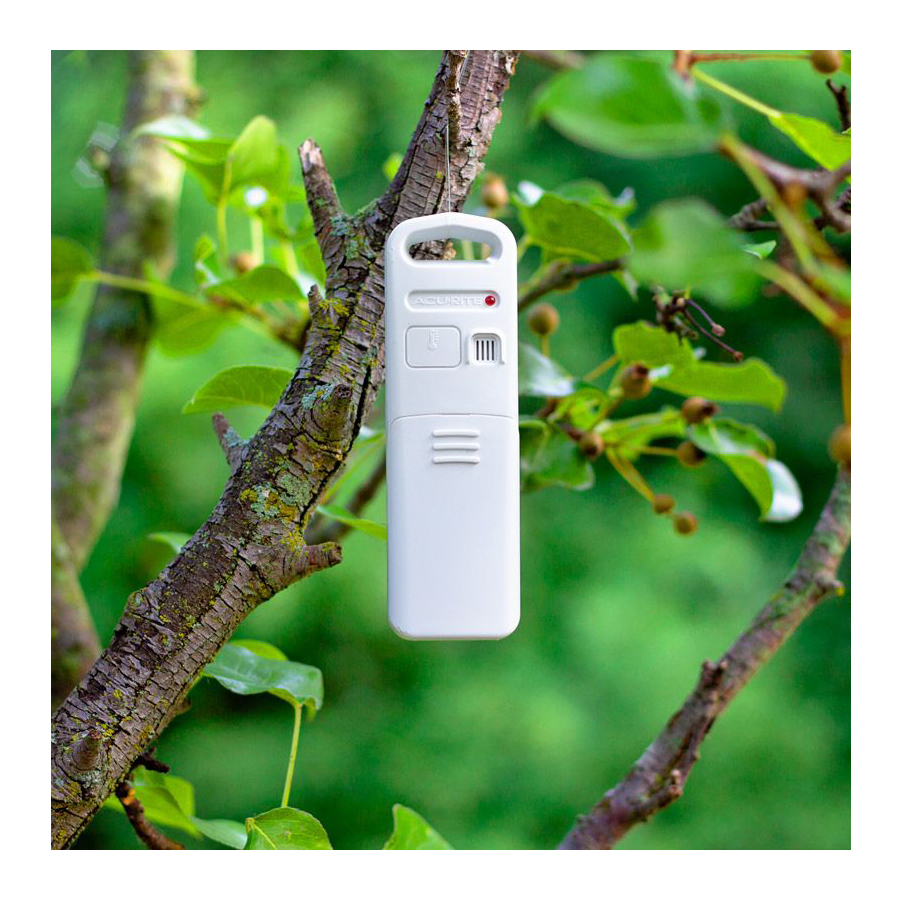How a Weather Station Can Protect Your RV
For the half-million-plus Americans who live full-time in their RV and around 40 million who go RV camping each year, there’s no greater freedom than the open road. As any experienced RVer can confirm, however, with that freedom comes responsibility.
Venturing outdoors safely requires a keen understanding of weather conditions. An RV is designed to provide shelter from the elements, not refuge from extreme weather. To stay ahead of potentially hazardous conditions, use an RV weather station for peace of mind.
Types of Weather Stations for RV Owners
The beauty of owning an RV is in heading out into remote areas but remaining self-sufficient. Since that often involves venturing further than cellphone coverage, installing an RV weather station allows you to keep on top of weather forecasting and temperature monitoring wherever you are. These self-contained wired or wireless systems can provide a reliable report of weather conditions even when you’re off-grid.

Typically, RV weather stations present a digital display that measures ambient temperature, air pressure, humidity, like AcuRite’s Color Weather Station with Morning, Noon & Night Forecast, and possibly wind speed and lightning. These can easily be moved in and out as you hit the road. Keeping track of this data and observing emerging trends allows you to make informed decisions about where to stay, where to avoid, and where to head for safety.
If you're looking to be the talk of your campsite, however, you may want to upgrade to an AcuRite Iris® weather station, which wirelessly provides temperature, humidity, wind speed, wind direction, rainfall, and forecast information to an in-RV display. Plus, you can enjoy wireless weather conditions via the AcuRite Iris Nano Display, allowing you to always be on top of your hyperlocal campsite conditions — whether you're inside in your camper's suite or outside drinking lemonade on your picnic table.


How Weather Affects RV Camping
Even a top-of-the-range home on wheels provides only a modest layer of protection between those inside and the elements outside. That creates the following challenges that fuel the threads of any RV forum, including the following:
Excessive Heat in Summer
Without a cooling system, the RV interior will get 5 or 6 degrees hotter than outside, even with ventilation.
Tip: Use natural sources of shade and breeze, add reflectors to windows facing the sun, and consider a tarpaulin or awning.
Water, Water Everywhere
Lightweight RV body material does not breathe, so any cab will quickly accumulate moisture and humidity.
Tip: The secret is to increase airflow, decrease sources of humidity, and keep the interior above the dew point at which moisture condenses. Ventilate well and avoid hanging up wet clothes inside or creating steam when cooking without a dehumidifier or vent.
Camping in Cold Weather
Even if temperatures are in single digits when you park, they could still plunge below zero during the night. That puts pipes, tanks, and valves at risk from ice damage. One way to keep RV pipes from freezing while camping is to use an RV weather station to avoid being caught out in freezing temperatures. A weather station like the AcuRite 5-in-1 weather station with WiFi display will alert you if temperatures drop below a certain level.
Otherwise, prepare for winter camping by insulating tanks, pipes, and water lines with foam boards or skirts between the ground and the frame, adding antifreeze to holding tanks to protect the valves, and wrapping exposed pipes in insulating tape.
Look out for Stormy Conditions
Given that more than 10,000 thunderstorms and 1,000 tornadoes hit the U.S. every year, RV owners have every reason to take weather forecasting seriously. An RV weather station can pick up a sudden drop in barometric pressure to raise the alert that storm weather is likely. Evasive action is usually best. An RV is hardly the safest environment in lightning, flash flood, or hail conditions. At least with weather forecasting data at the ready, RV owners can move to a shelter or safer area ahead of danger.
Keeping Pets Safe in RVs
Pets might also love the van life, but they’re not so keen on the cabin temperatures. Bear in mind that even if the outside temperature feels pleasant to a human, it can be lethal to a pet stuck inside. Never leave your dog inside an RV without adequate ventilation, and ideally use air conditioning. Disable any sensors that shut vents in case of rain, and make sure there’s a backup generator in case hookup power is interrupted.

For added peace of mind, the best RV weather stations, like the multi-room sensor, allow the owner to monitor not just the temperature inside the RV for pet safety, but also other locations like…
- Inside the cabin to monitor indoor comfort
- Outside at the campsite to track weather patterns
- Inside the fridge, freezer or cooler to ensure food safety
- Inside the cockpit, because we know it can get hot upfront!
RV owners are obsessed with knowing everything from power consumption to battery levels of their vehicles, and for good reason too. Adding weather data to the mix should come naturally, and you can stay one step ahead of what’s going on outside the van.
Resources
https://www.thewanderingrv.com/rv-industry-statistics-trends-facts/
https://www.reserveamerica.com/marketing.do?goto=acm/rv-winter-camping-tips.htm
https://www.tripsavvy.com/rv-preparedness-for-storms-505113
https://rvlifemag.com/winter-camping-with-your-rv/
https://rvlifemag.com/humidity-issue/
https://www.motorhome.com/tech/diy/dont-get-zapped/
https://rvlife.com/rv-camping-with-dogs/
https://rvlife.com/summer-camping/
https://www.akc.org/expert-advice/home-living/how-to-travel-safely-in-an-rv-with-a-dog/






